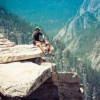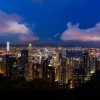Situated near the center of the Syrian Desert, Palmyra - the former desert oasis trading hub - dates from as early as 200 B.C. and thrived for hundreds of years, persisting under the rule of successive empires. Modern day Palmyra contains the monumental ruins of a great city that is considered as one of the most important cultural centres of the ancient world.
It’s unique art and architecture is the result of its position at the crossroads between several civilizations which undoubtedly influenced its development, from the western Graeco-Roman style married with the local desert tribes and Persian influences from further east. It’s widely regarded that the height of Palmyra prosperity was during the 3rd century, so some 1,800 years ago.
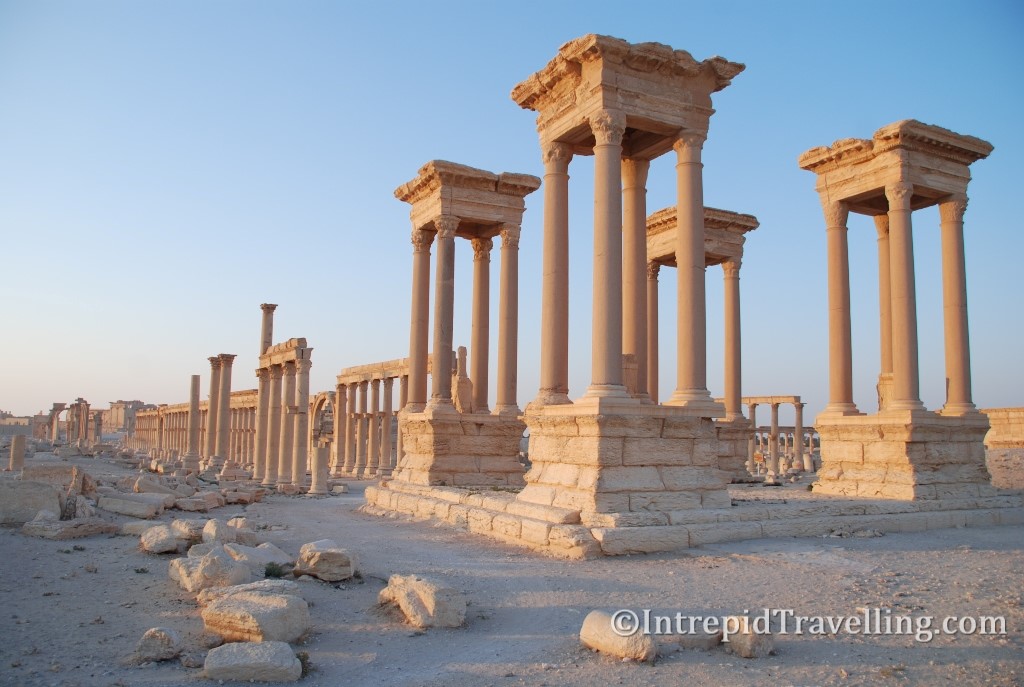
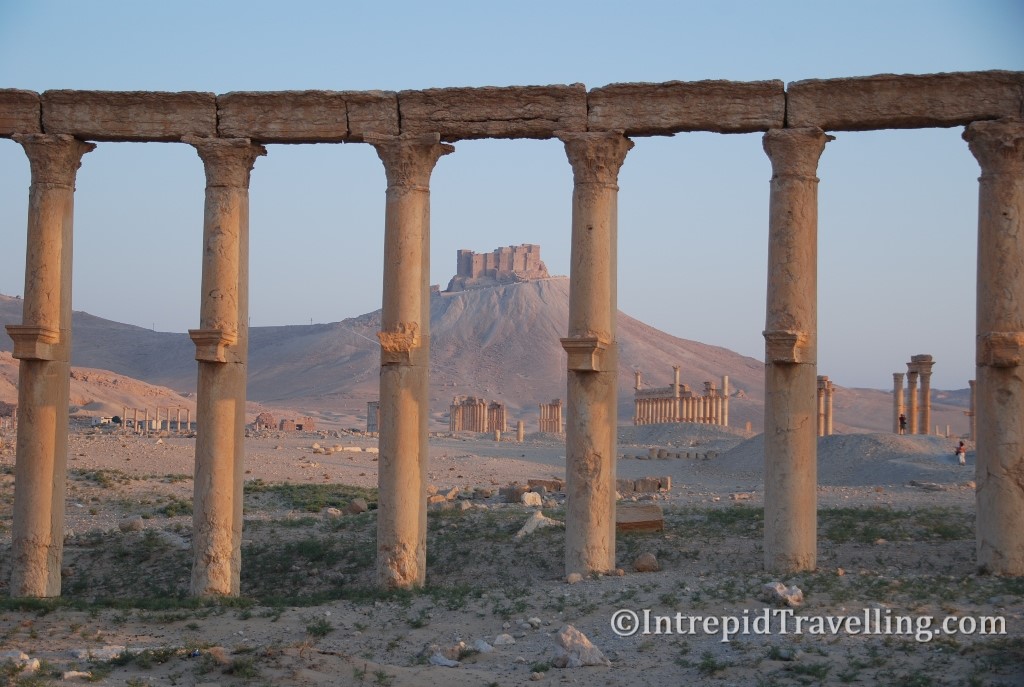
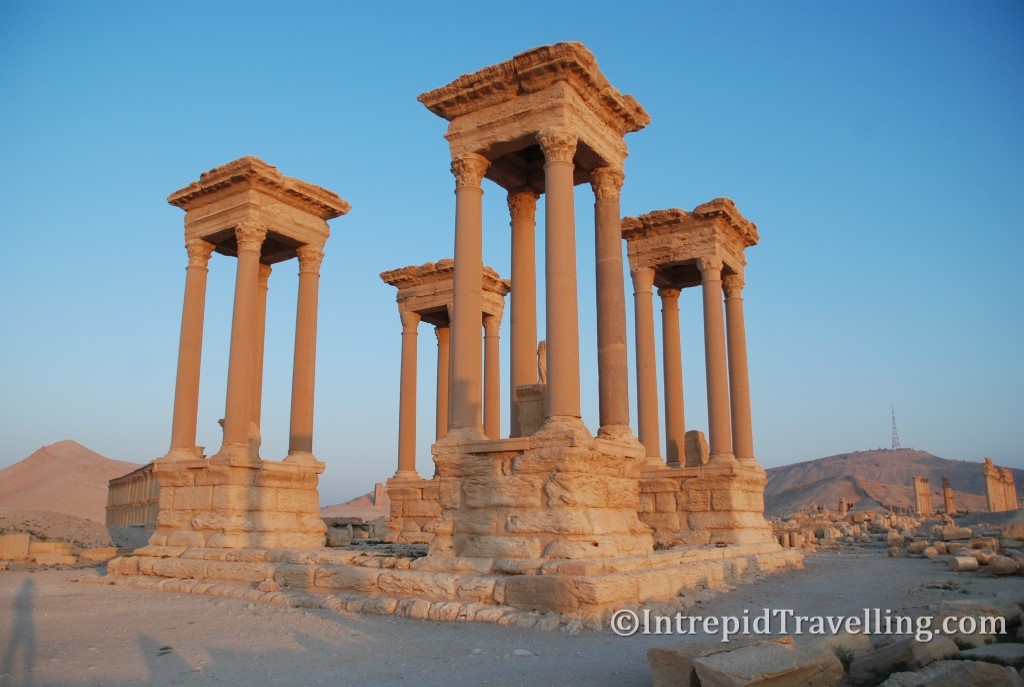
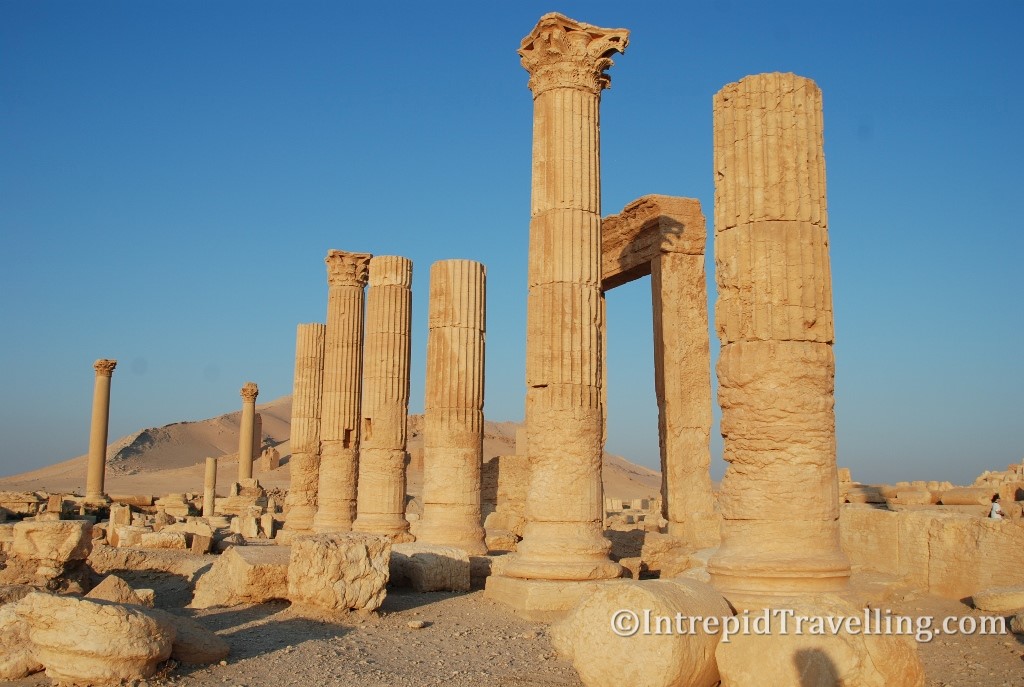
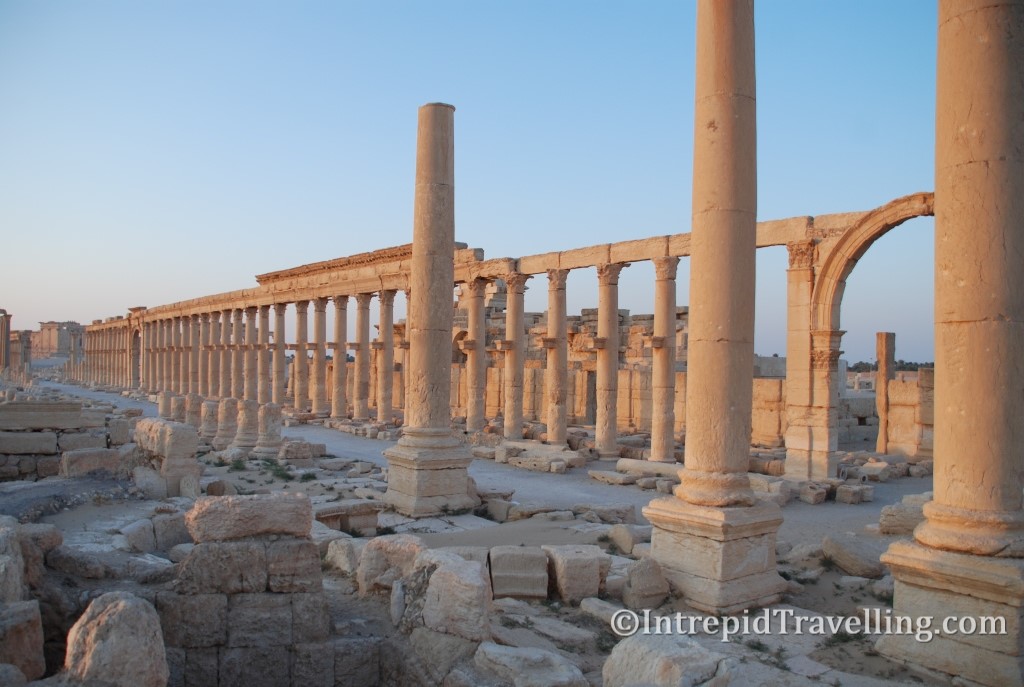
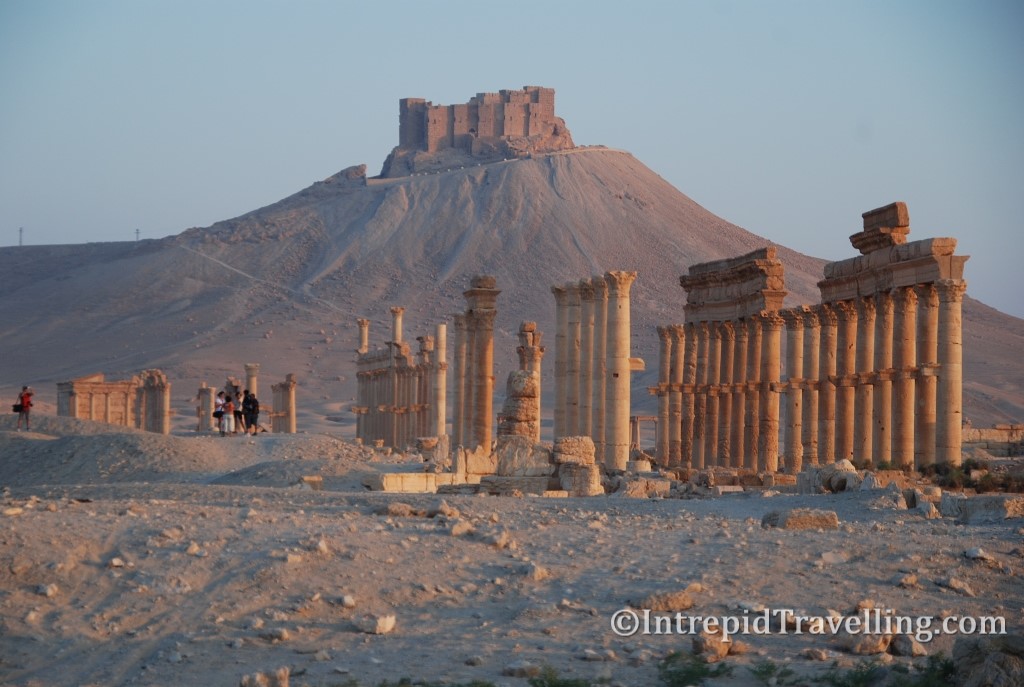
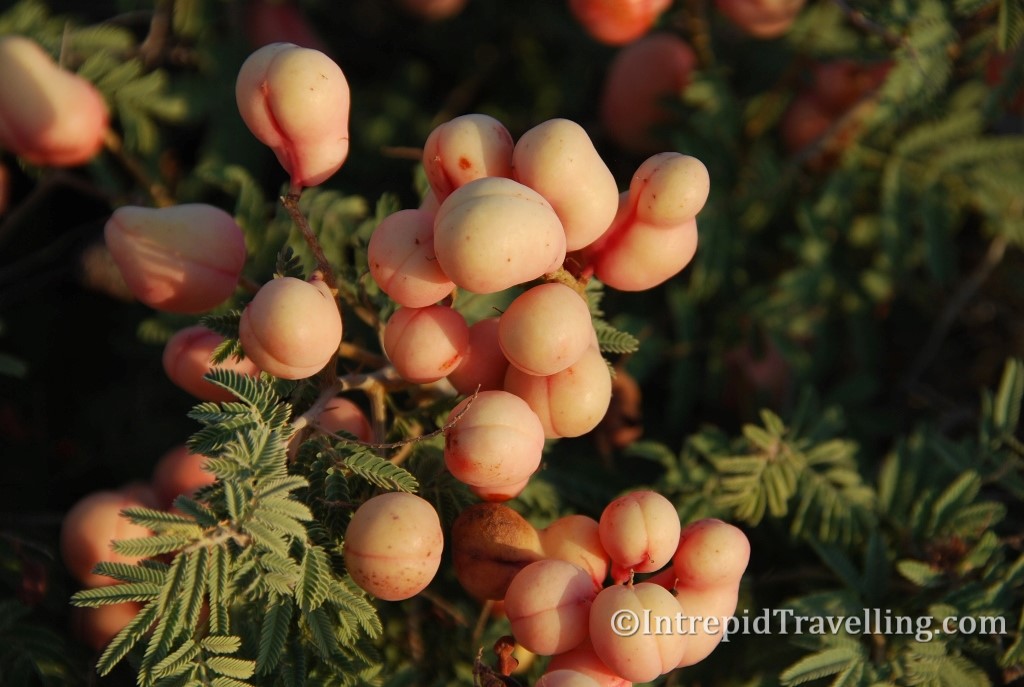
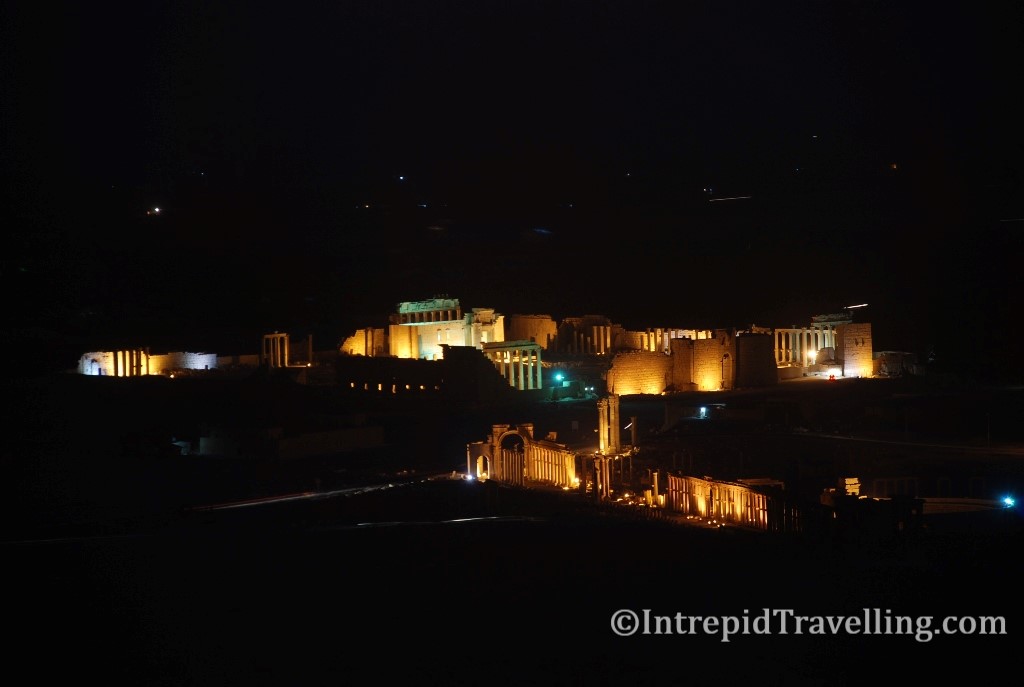
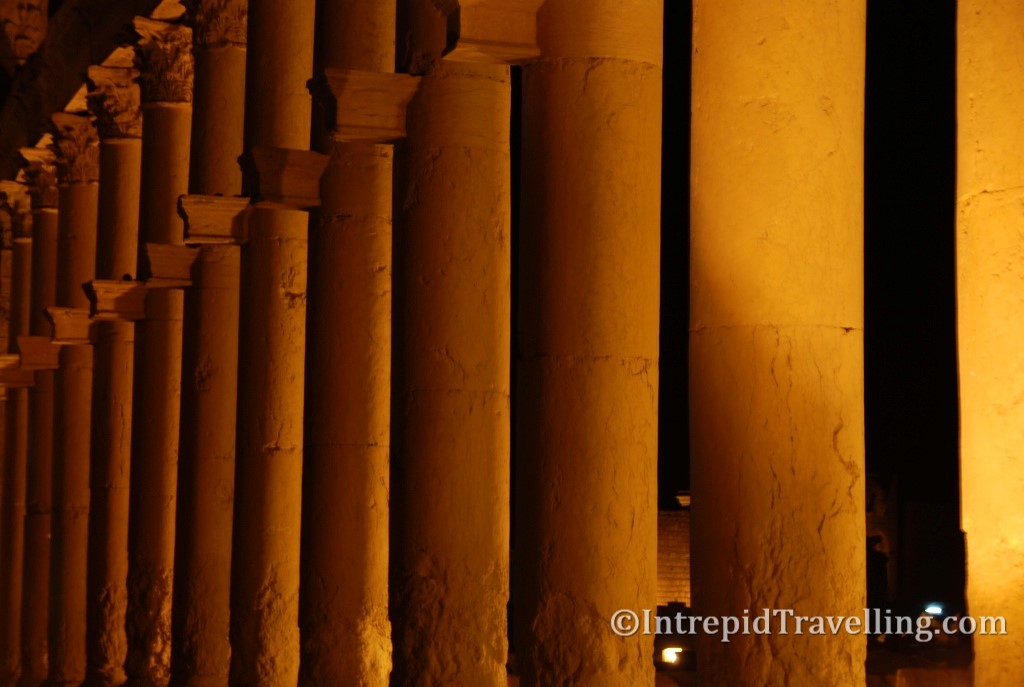
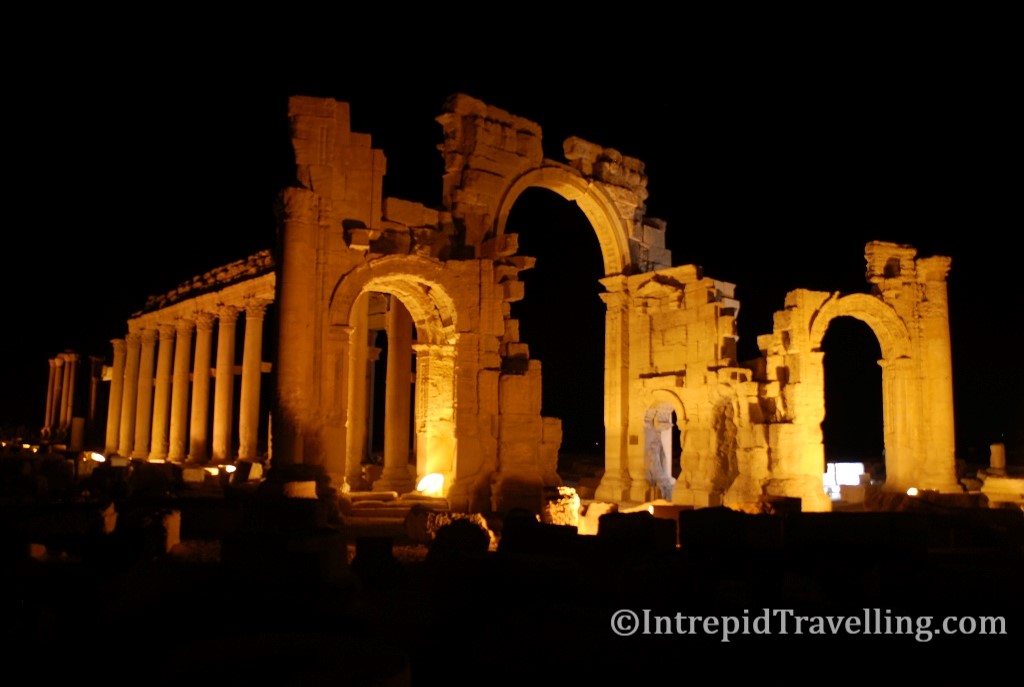
If you are starting your journey to Palmyra from Damascus, you’ll soon see that a large portion of inland Syria is mostly barren desert. After a few hours’ drive (215km) you’ll come across Syria’s most popular destination: the ruins of Palmyra, the magnificent ancient caravan town. The modern town of Tadmur is the best option for accommodation as it is only a short walk away from the main ruins site. From Tadmur and Palmyra you’ll be able to clearly see Qala’at ibn Maan – the fort/castle high above that overlooks the city ruins.
Before arriving in Palmyra I had been travelling through Northern Syria with a Belgium traveller - Catherine - and not more than two days after we parted ways in Damascus I was lucky enough to meet Lewis (another Belgian) at the guesthouse when I arrived in Palmyra. Lewis, as it turns out, has an interest in archaeology and actually studied the Palmyra site at University as part of his arts degree. This was a bonus for me as the next day, despite the sapping heat, I would explore the entire site with him; which has been partially excavated and restored by the French sometime before they left in the early 1950’s. I found the best time to explore Palmyra’s ruins is from sunrise and a few hours before sunset, as you avoid the heat of the day and the low orange light makes for spectacular photos.
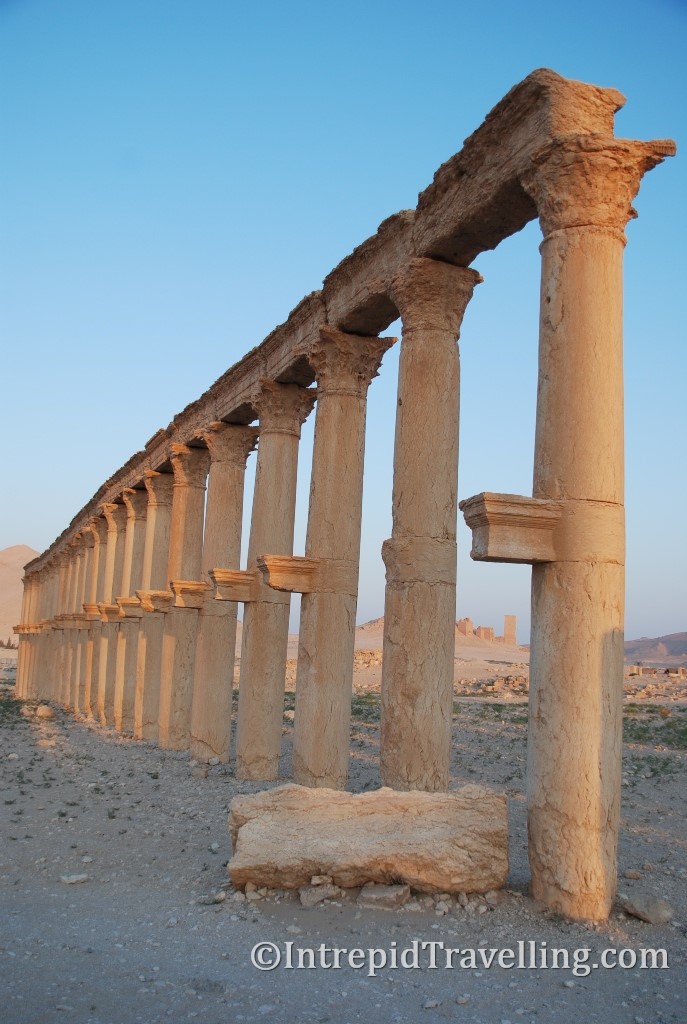
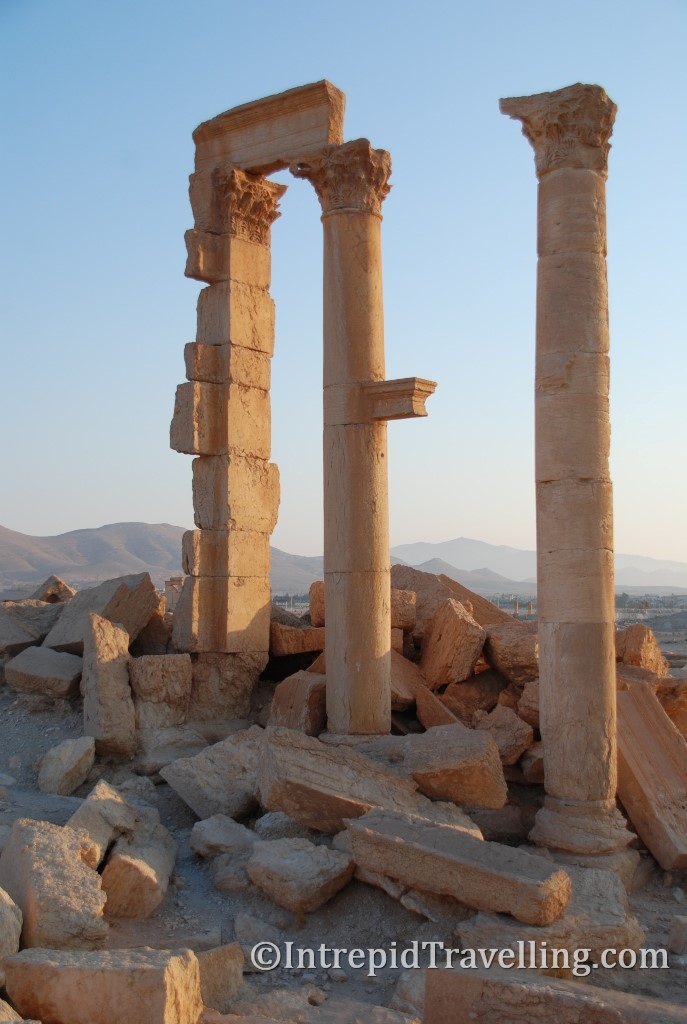
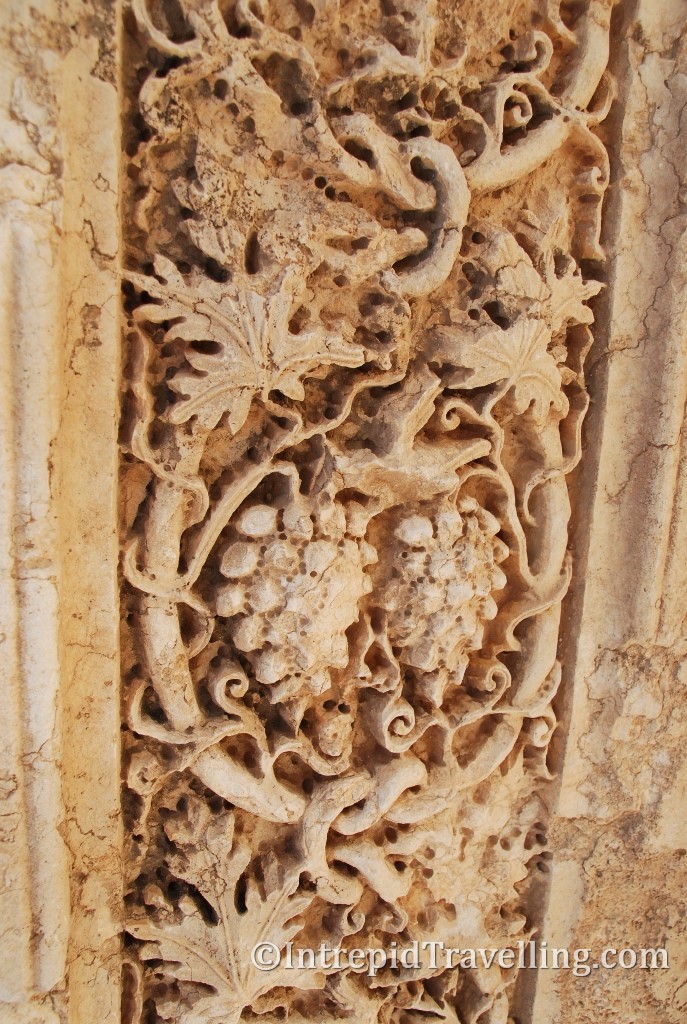
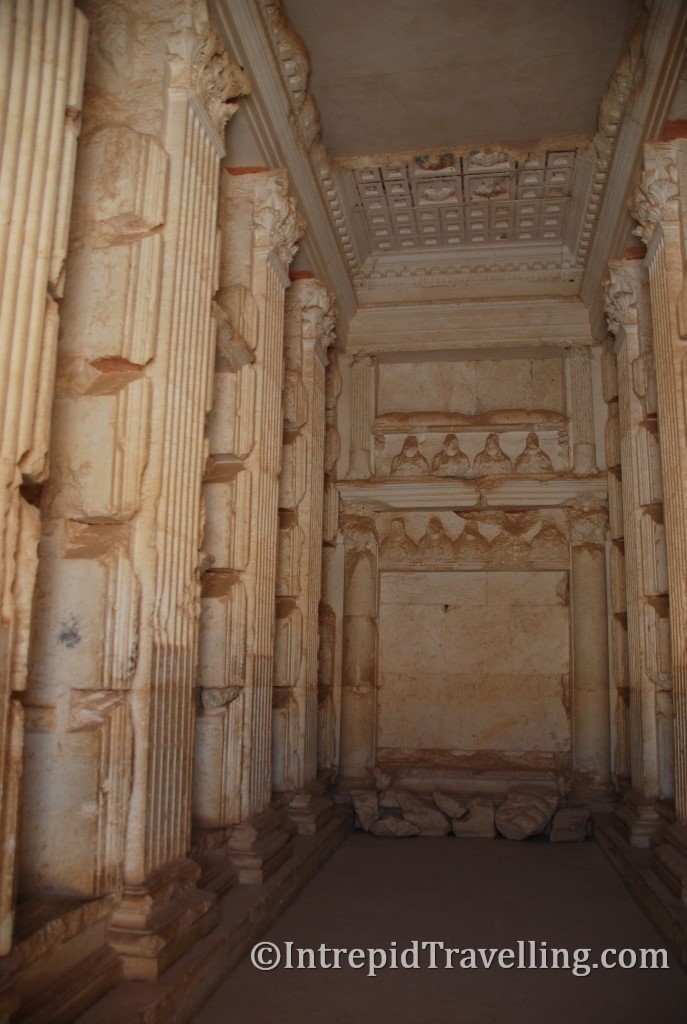
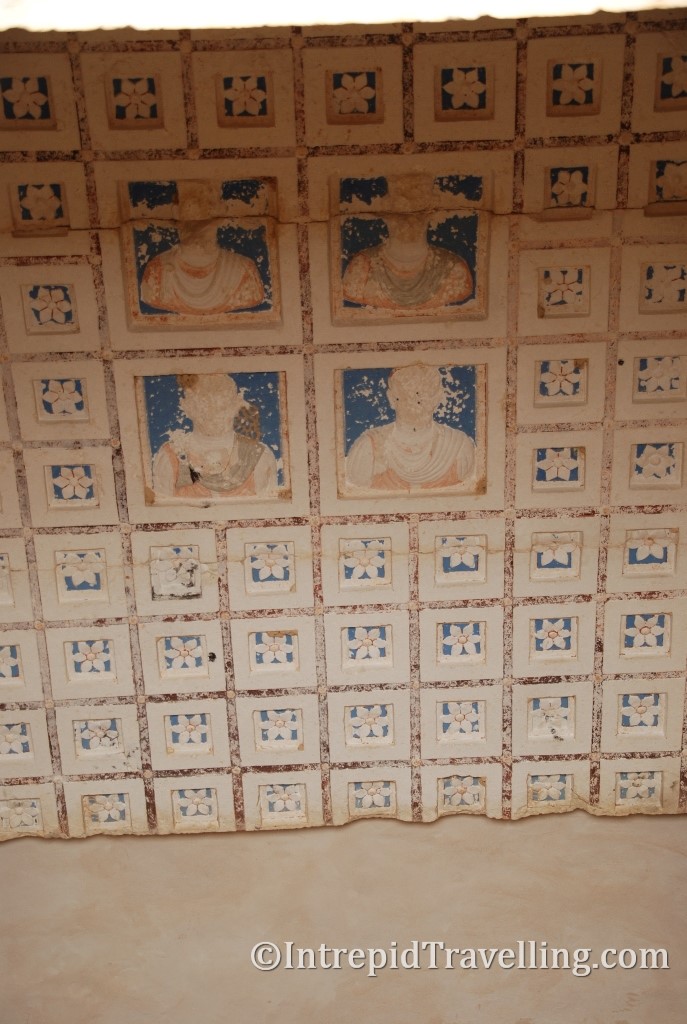
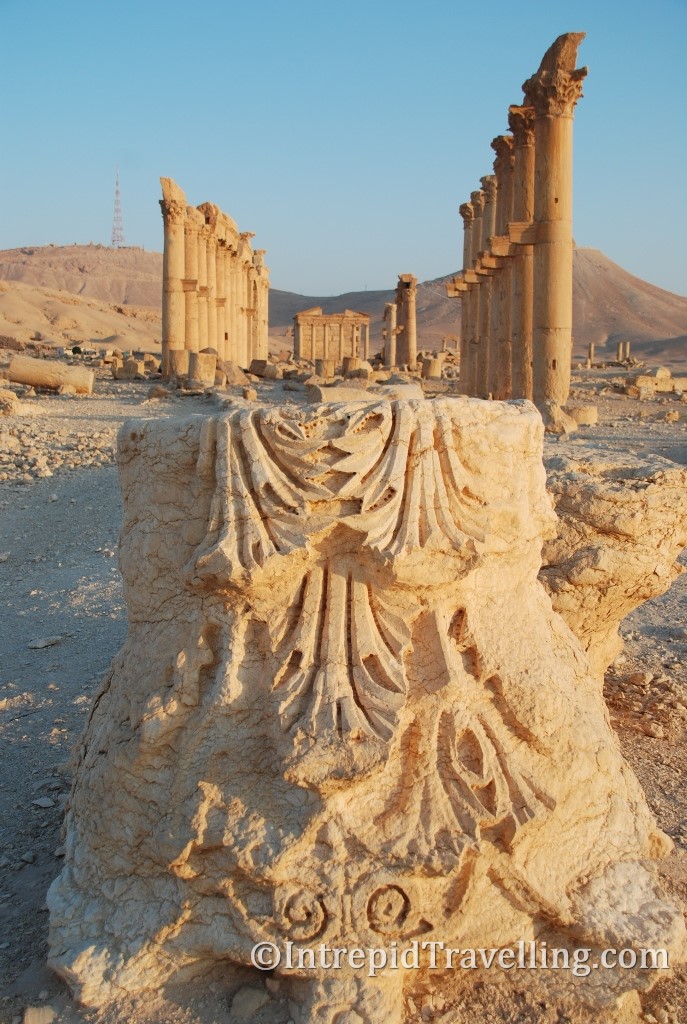
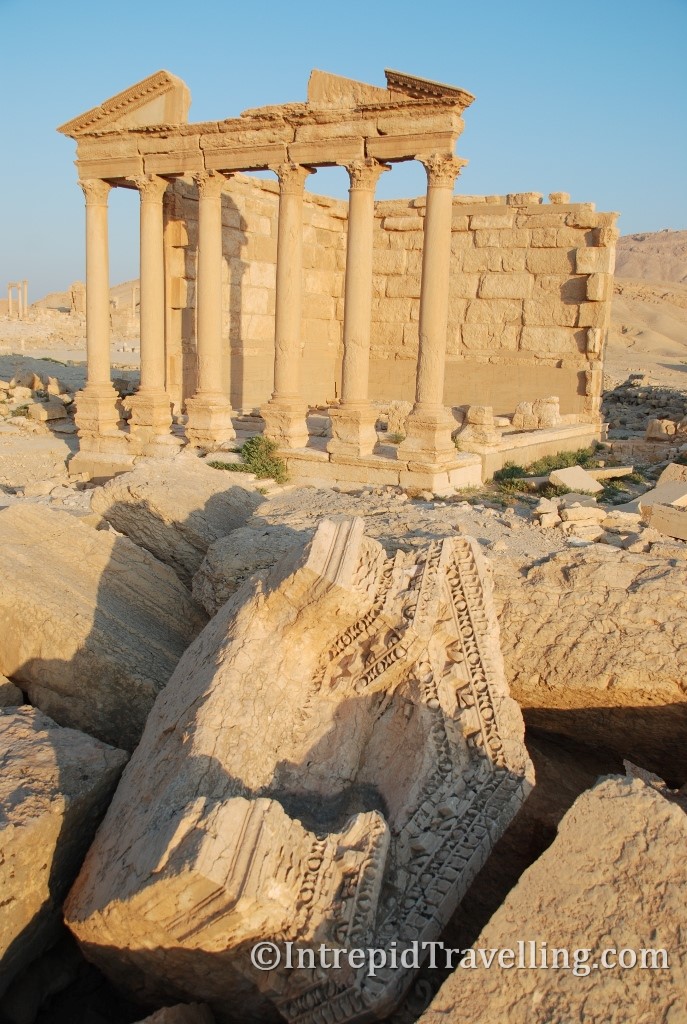
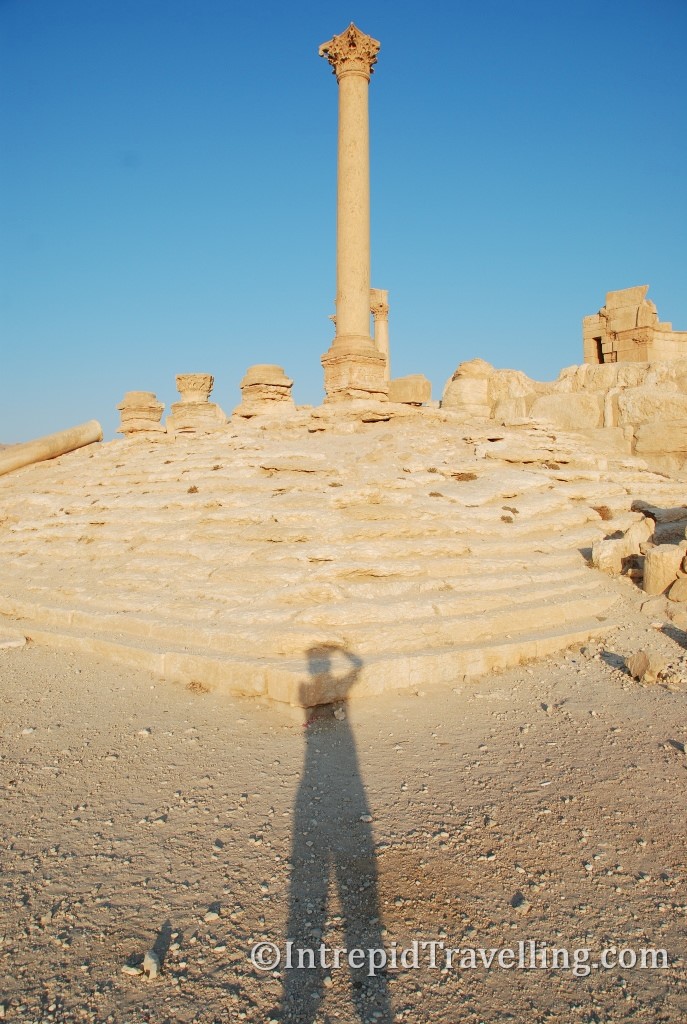
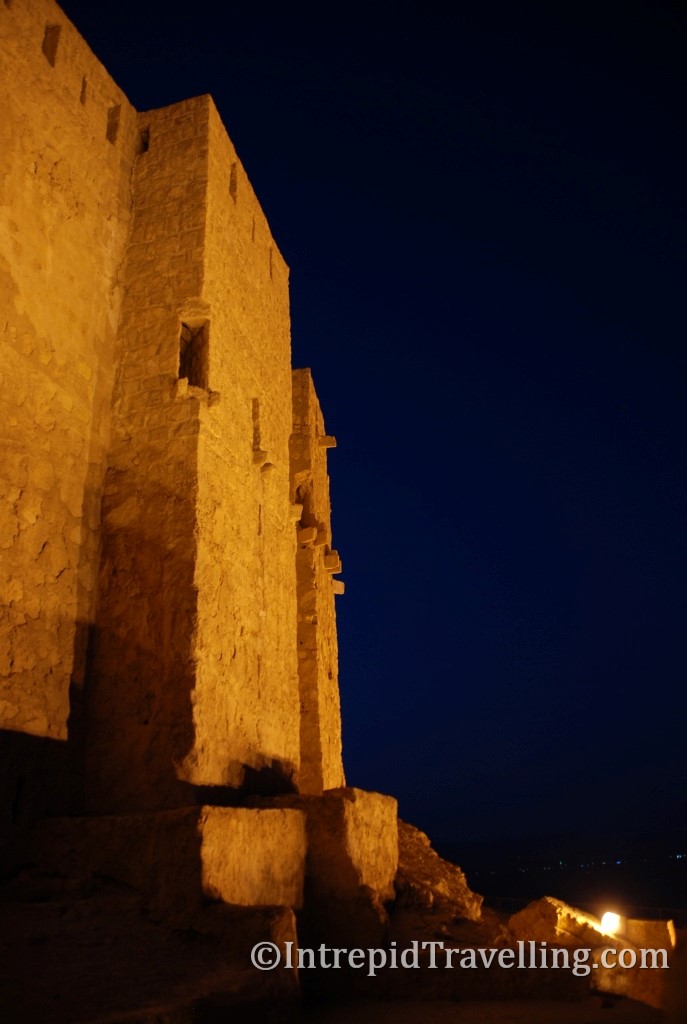
Exploring the site is best spread over several days, as on account of Palmyra’s wealth it enabled the construction of monumental structures that takes some time to appreciate and learn about. To mention but a few, there is the fantastic Great Colonnade, the Temple of Bel, Valley of Tombs, Baths of Diocletian, The Funerary Temple, the Roman styled Palmyra theater, Arch of Triumph (destroyed in October 2015) and the distinctive multi-storey burial chambers; where people of reverence had their coffins stacked inside. The Palmyra Museum contained countless artifacts excavated from the site however much of it has had to be relocated due to the 2015 invasion of Palmyra by ISIS which destroyed many of the remaining artifacts after a planned relocation of many of the treasures.
When exploring the site, be sure to look out for the distinctive step on promenade columns, this is where a statue once stood, most now lost to time, distant private collector or like a lot of former colonial lands’ treasures, the Louvre or British Museums.
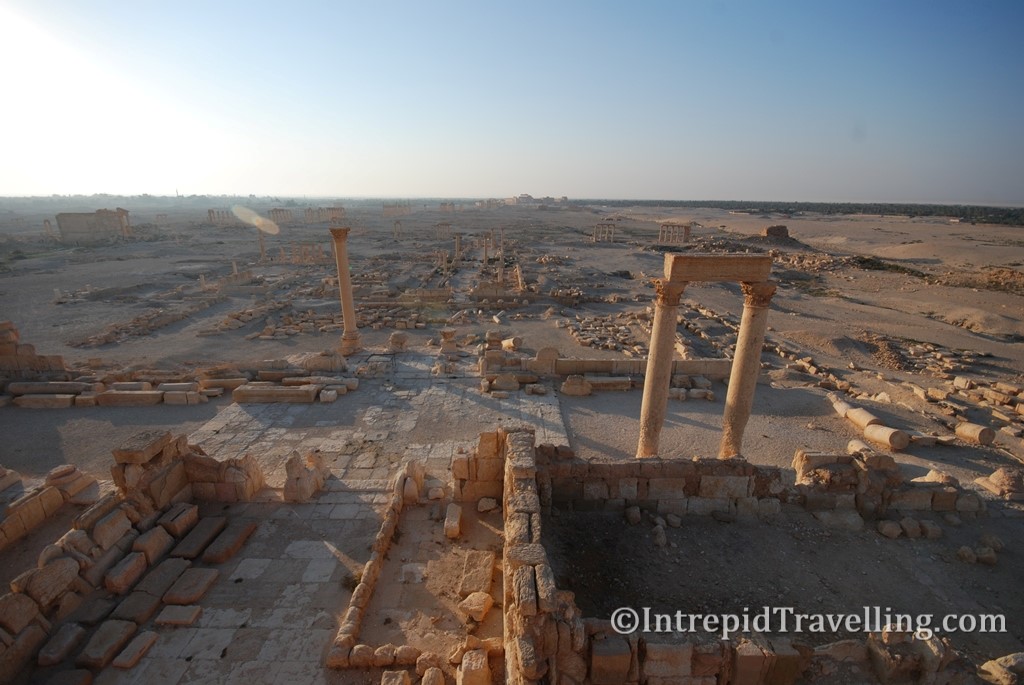
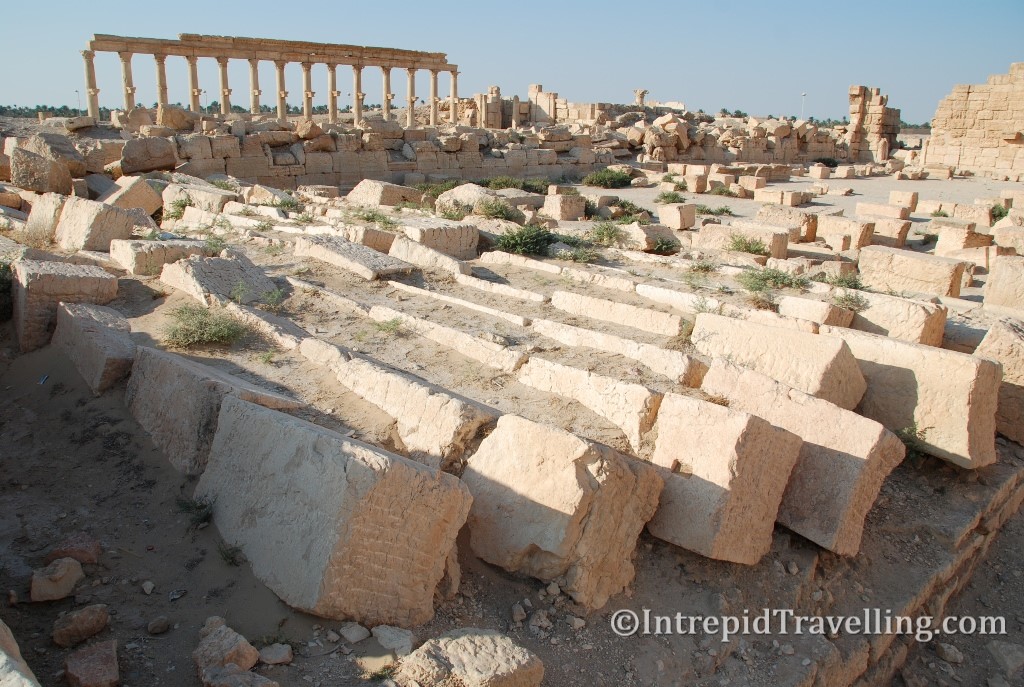
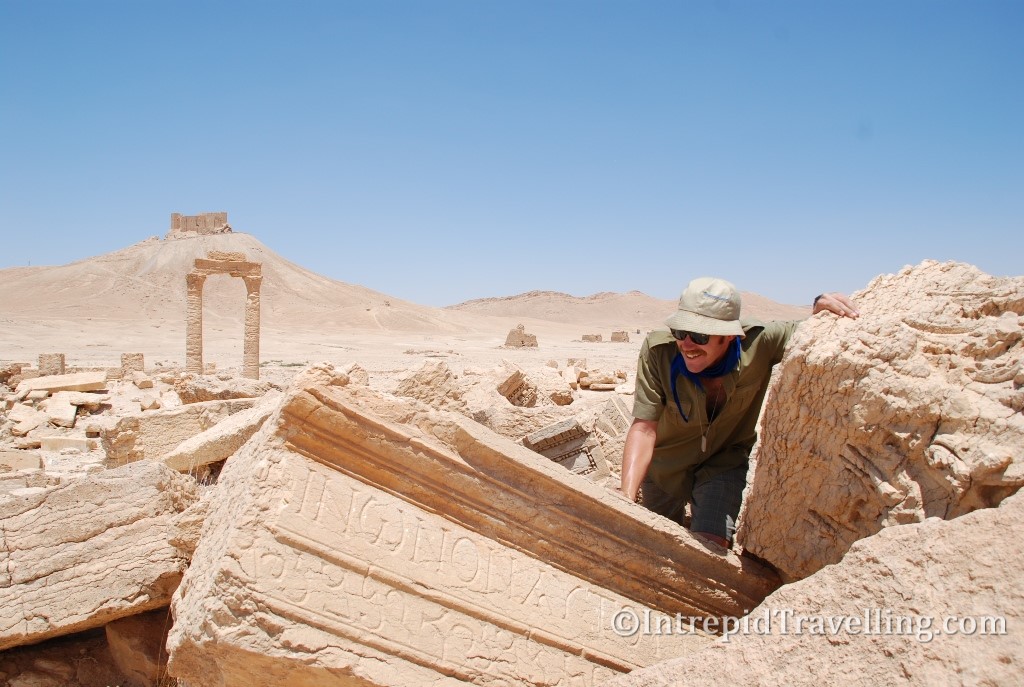
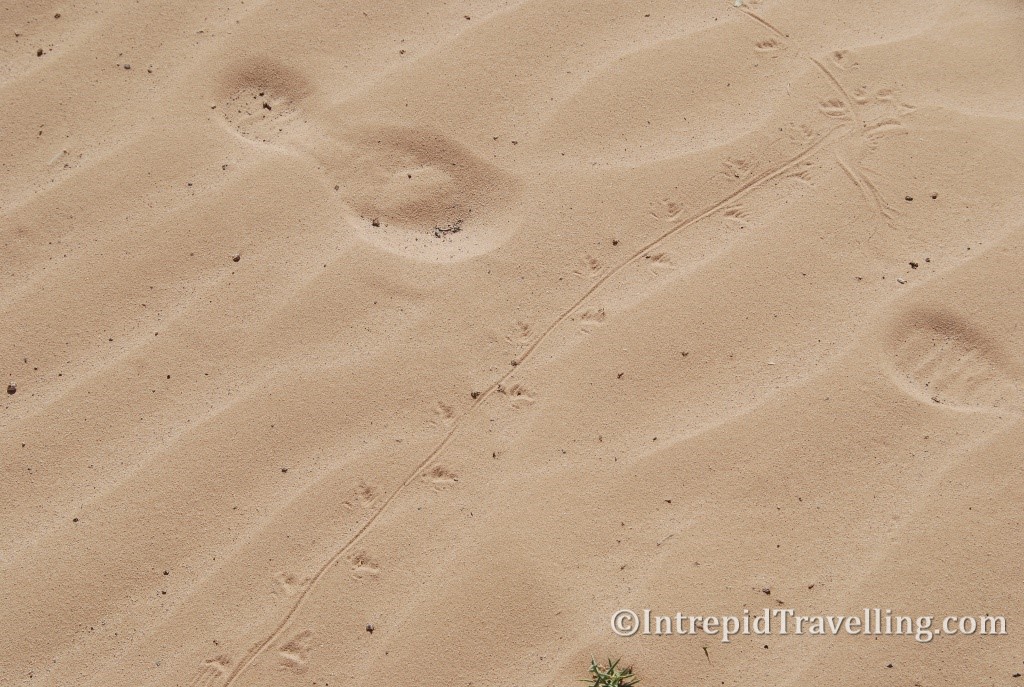
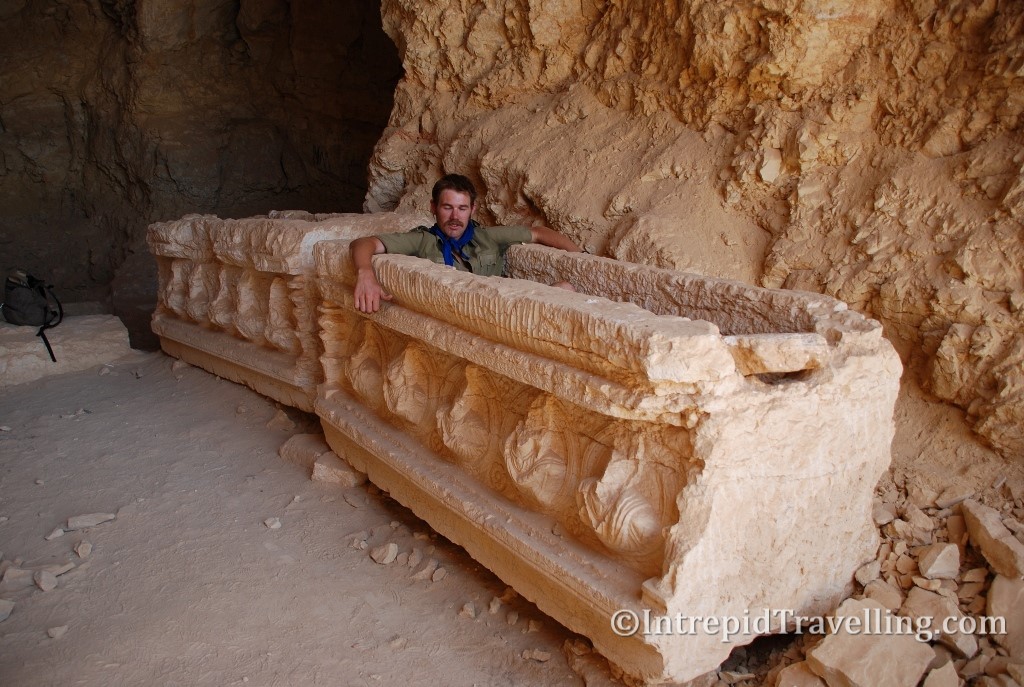
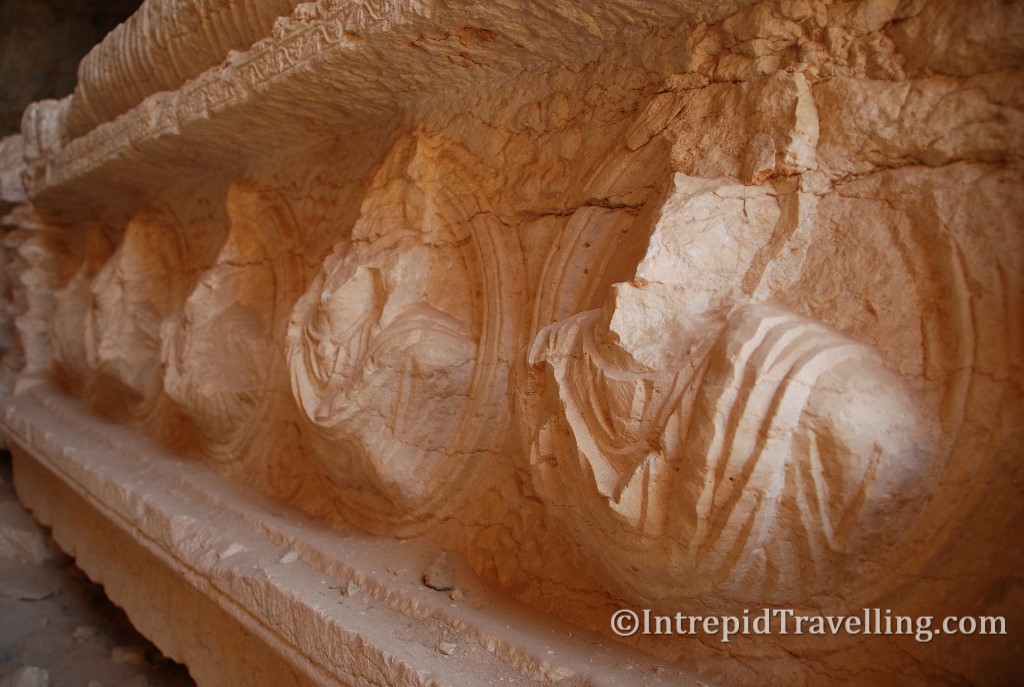
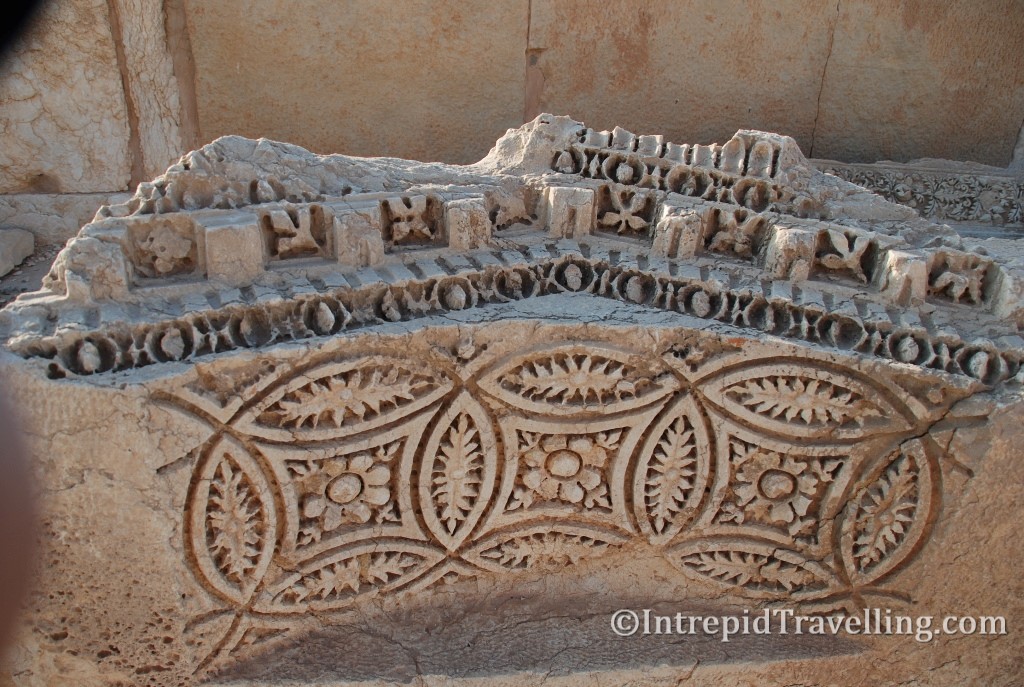
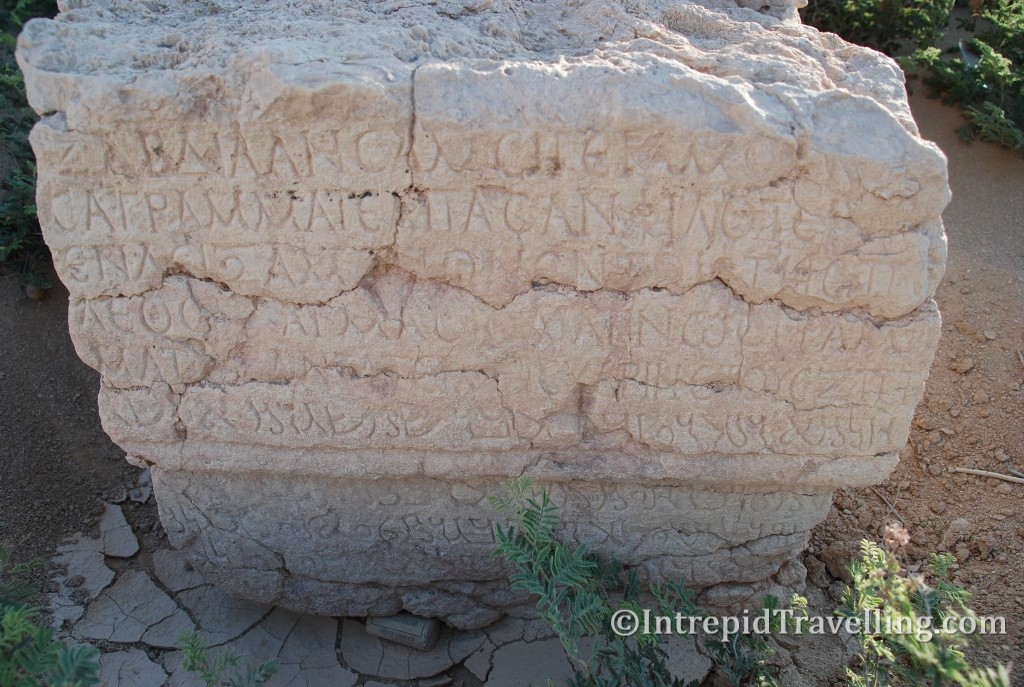
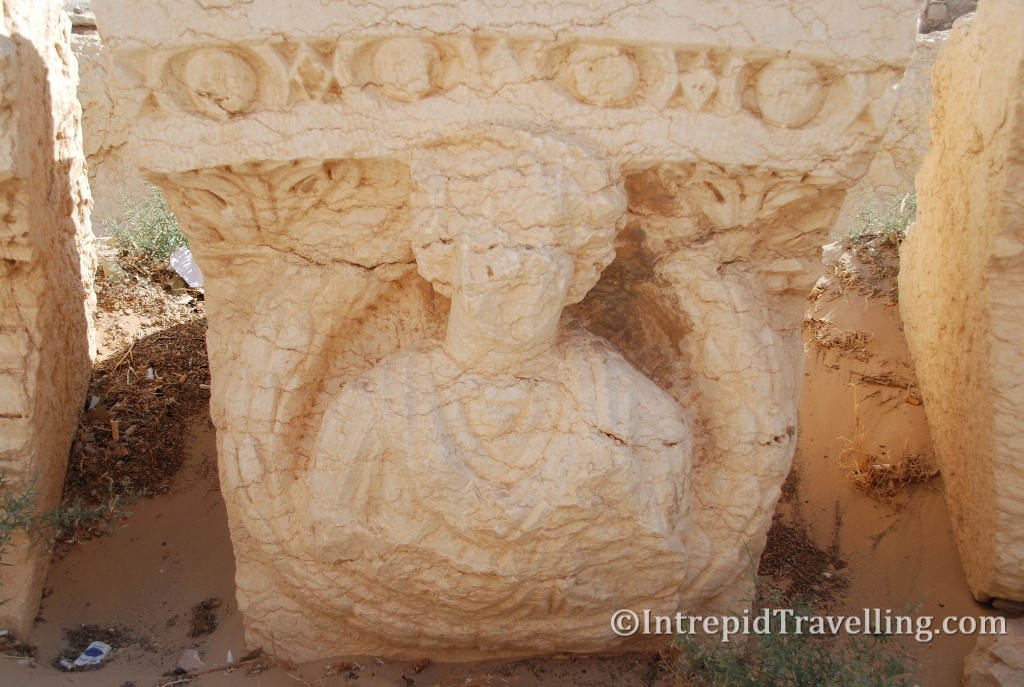
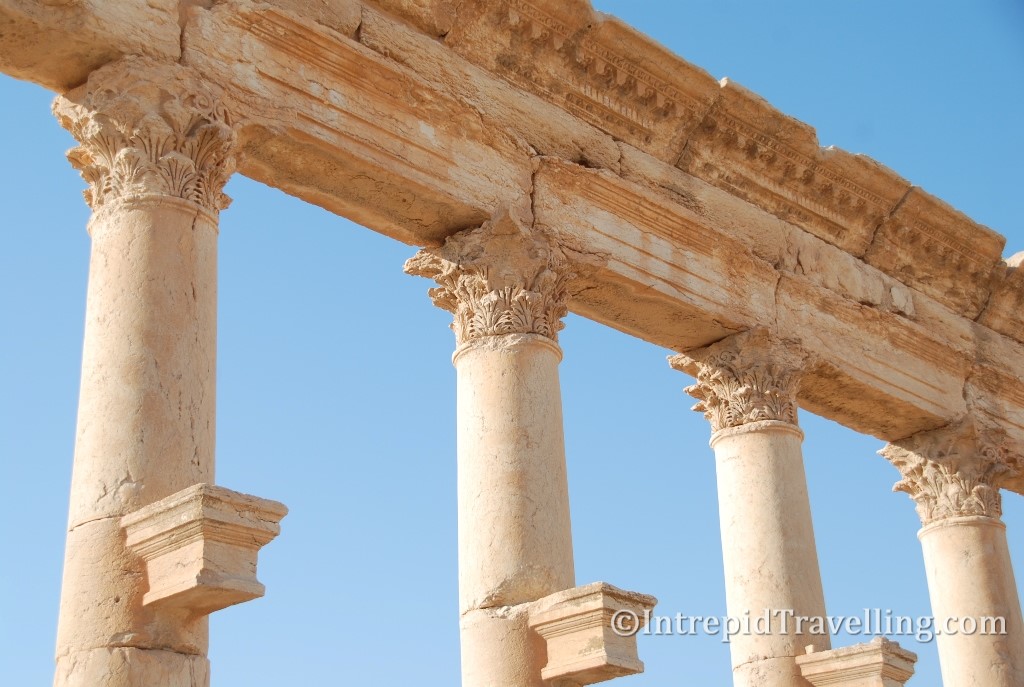
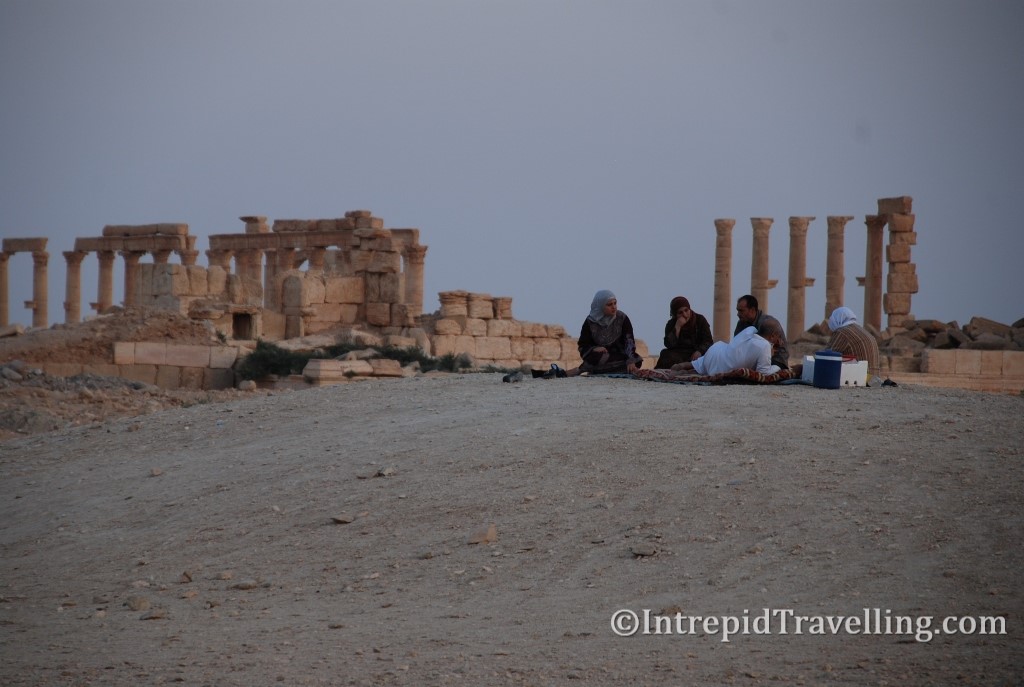
Despite the scale, extent and age of such monuments what almost impresses me more, is the detail in the stone carvings. You can find blocks around the site bearing ancient Greek or Latin inscriptions. One block amongst the ruins I came across, was reminiscent of the Rosetta Stone, bearing an inscription in two languages. If only it wasn’t super illegal (and unethical) to remove and export important archaeological pieces from national monuments because I’d love one as souvenir.
I am not sure of all the reasons for why Palmyra fell into decline, whether it be earthquakes, drought, a general drying of the Middle East’s Climate, war, a change in trade patterns from overland (via the silk road) to ocean going vessels, but it sure must have been a welcomed sight to the weary desert traveller to finally arrive in this desert oasis town. As for me, after a couple days of exploring this captivating ancient wonder, this weary intrepid traveller had to make tracks back towards Syria’s capital, Damascus and onwards to Jordan.


